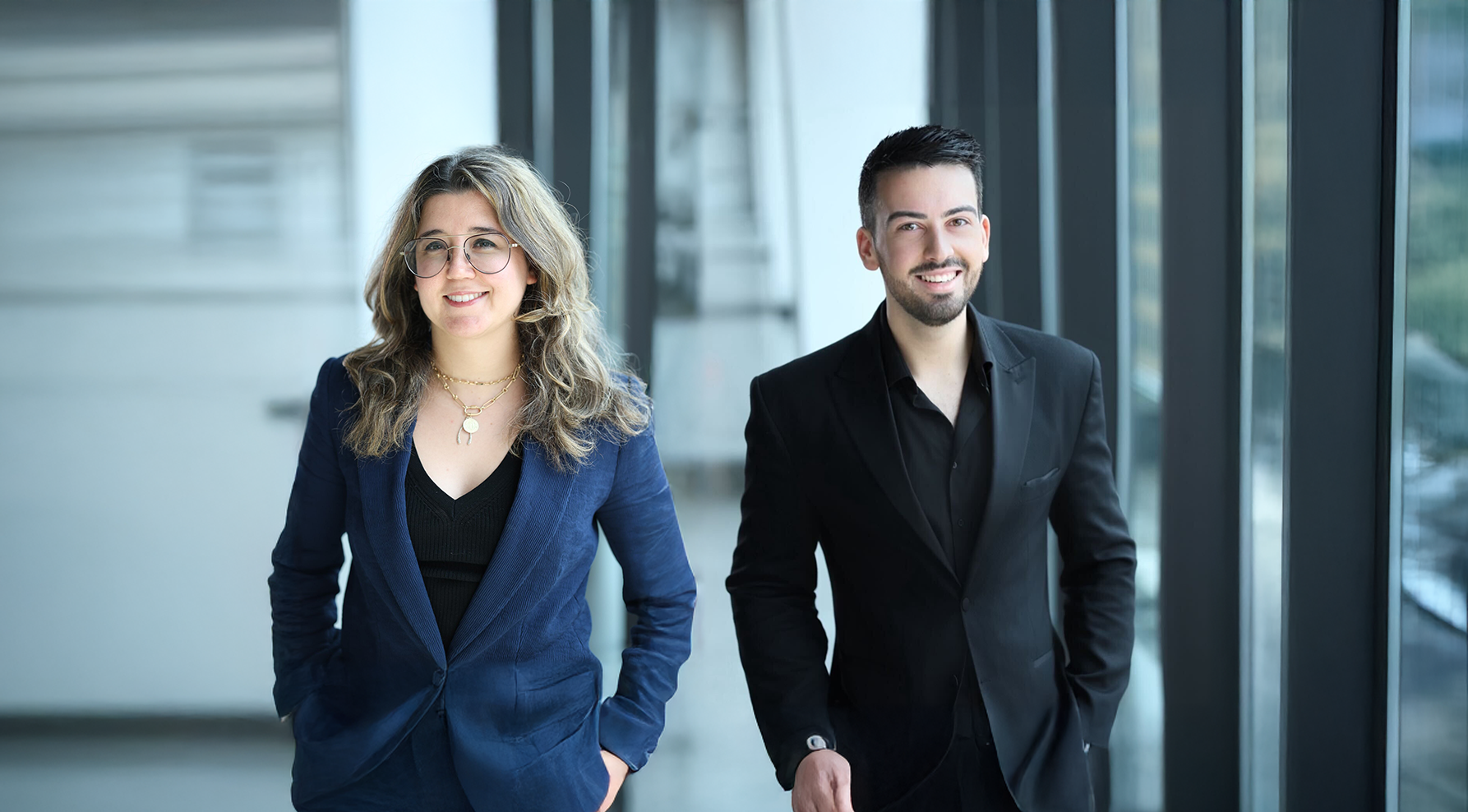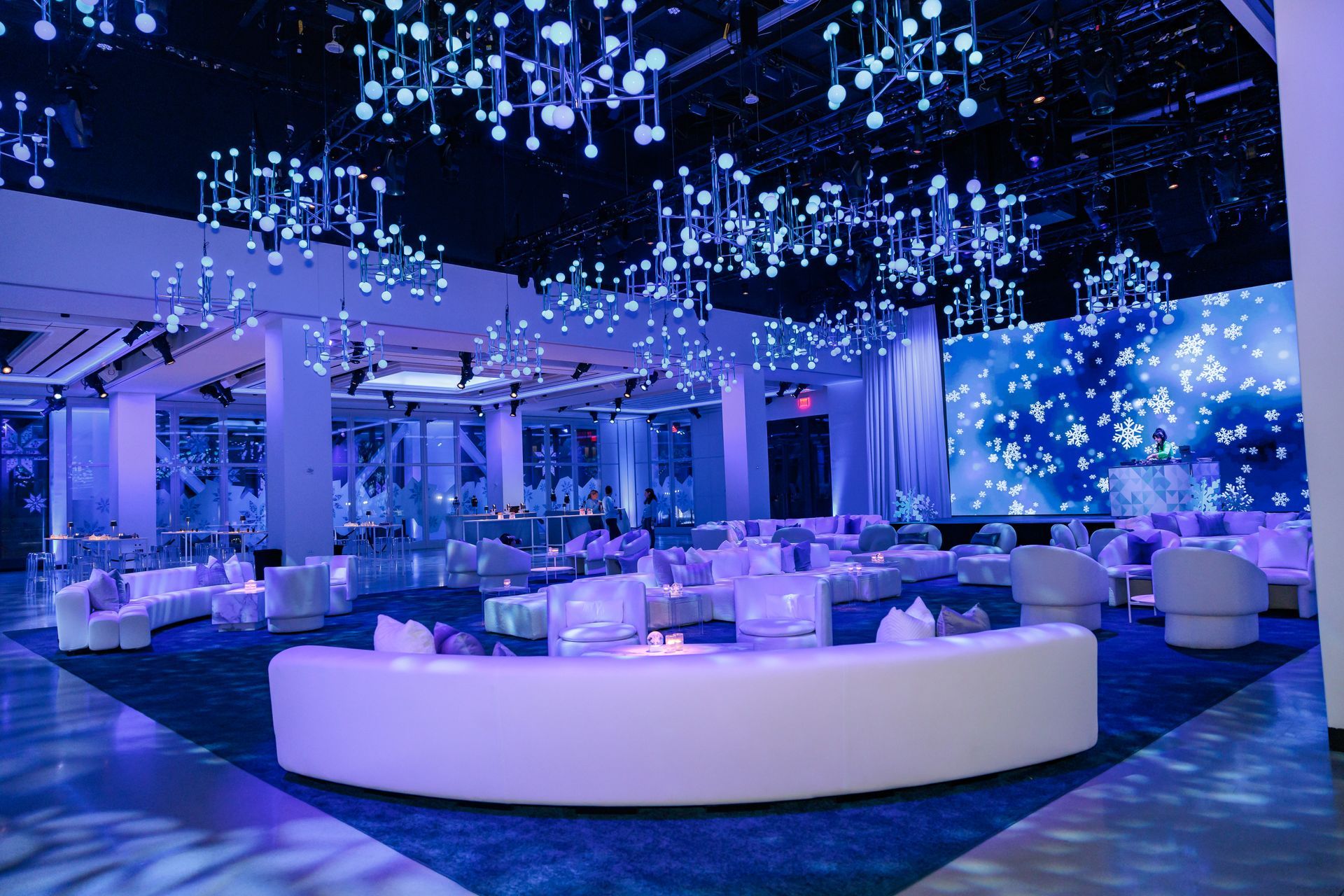The Photographer that Transformed NYC Wedding Photography
Photographer Terry Gruber always saw things differently.
Starting from the age of 8, when he was given his first box camera, a photographer emerged. He would shoot everything; his star was his French poodle, Matisse. “He was always around, wherever I went, he went,” he says.

Gruber’s professional career as a wedding photographer happened almost by accident. In lieu of buying the standard wedding present from Tiffany’s, he would offer his eye to his friends getting hitched. He would bring his Leica to their weddings and record the festivities with his documentarian point of view. His friends would be gifted with bound photos in personalized flipbooks. “I would watch the photographer who was working at these jobs…he’d look so bedraggled and was basically shooting the highlights.” As the photographer took his posed shots Gruber was in the background, stealing the flash for his own shots, capturing the actual atmosphere. “He directed their attention, and I took the candid angle.”
His friends were overwhelmed when they received the thoughtful—and exquisite—present. “They’d say “Terry, you really ought to do this professionally. The photographer our parents hired… You should see our shitty pictures!’”
So in 1989 he founded Gruber Photographers.
His storytelling, photojournalistic approach was informed by his stint in Columbia film school, where he earned an MFA under Martin Scorsese and where his thesis film, Not Just Any Flower , won numerous accolades, including being an audience favorite at Sundance.
“Their emphasis was story,” he says. “Basically film school taught me how I could break down a story in shots. And it taught me how to cover a wedding, or anything really.” He built up a stable of photographers all trained in his vérité style, and changed the face of wedding photography in New York. “Wedding photography was super uncool when I started. It trended towards cool when my photographers who had been with me fifteen, twenty years went independent,” he says. “I’ve had numerous photographers thank me for developing an entire market for thousands of other people.”
He was always a film guy—a purist.

But he painfully learned the value of digital photography when he was hired to shoot the highly secret wedding of Catherine Zeta Jones and Michael Douglas. “They didn’t allow anybody besides me and my team to have cameras,” says Gruber. “They actually had a metal detector you walk through and you gave up your phone if it had a camera on it.” But the contract was blown because someone snuck in a digital camera, and sold the blurry photos to Hello Magazine. “We had a lab in Manhattan working all night, picking pictures and with re-touchers, non-digital stuff. They had an instant picture– and they were terrible! — But they were published. You saw her and you saw her dress, and that’s all they cared about.”
Now, in his quest to document life’s major moments –with at least two photographers per event, and if you need it, up to nine—his go-to format is digital, though he does toss in a few rolls of film for texture. And for old time’s sake.
And when you’ve innovated as much as he has over the years, you not only learn to pivot with the times, you jump two steps ahead of them. It’s not unusual to see spinning panoramic cameras at one of his events. Or remote cameras clamped onto a pipe in the far corners of the ceiling for an extra-wide shot. Or for him to use a program that allows you to see what he’s shooting on your phone, transmitted from his camera through Wi-Fi, or Bluetooth. “It’s good for a celebrity event or for somebody who needs to push the photos out immediately. Photos can be pushed out on Instagram within a minute.”
And if you desire, he can go retro.

Like, really retro, with his 100 year old banquet camera , shooting deep-focus 12×20 panoramic black and white portraits, getting every member of your group into one shot, like those that were common at the turn of the 20 th century (think old-timey Oscar photos ). Today you can also request your banquet shot in color. And just like that, everything old is new again.
The pandemic brought another pivot for the photographer.
Gruber documented more outdoor moments: shoots on stoops in Brooklyn, Zoom events where the couple got married on a rooftop and the wedding was broadcast. And plenty of secret proposals. “It was outside and low risk: it’s two people and a photographer.” (Contrary to popular belief, there was no hiding in the bushes – photographers are out in plain sight, just not identified.)
But the Glasshouses preferred vendor can’t wait for Glasshouses to once again throw in-person parties to resume– even bigger parties at their new venue, The Glasshouse — so he and his team can once again do their magic– with one photographer assigned just to the food, if that’s your thing. That’s not a big deal. They’ve done it before.
The post The Photographer that Transformed NYC Wedding Photography appeared first on Glasshouses.
More from
The Glasshouse


STAY IN
THE LOOP
Newsletter Sign up
Thank you for signing up!
Please try again later.


